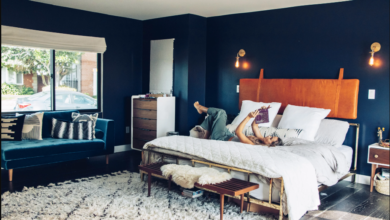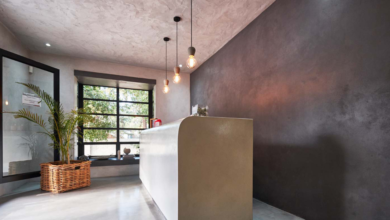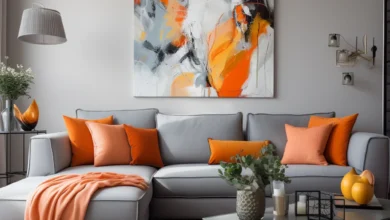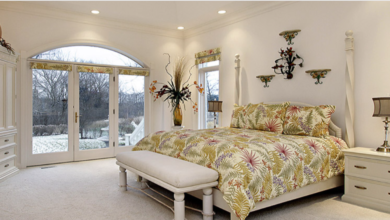Mix and Match: Two Color Combination for Your Dining Room Makeover
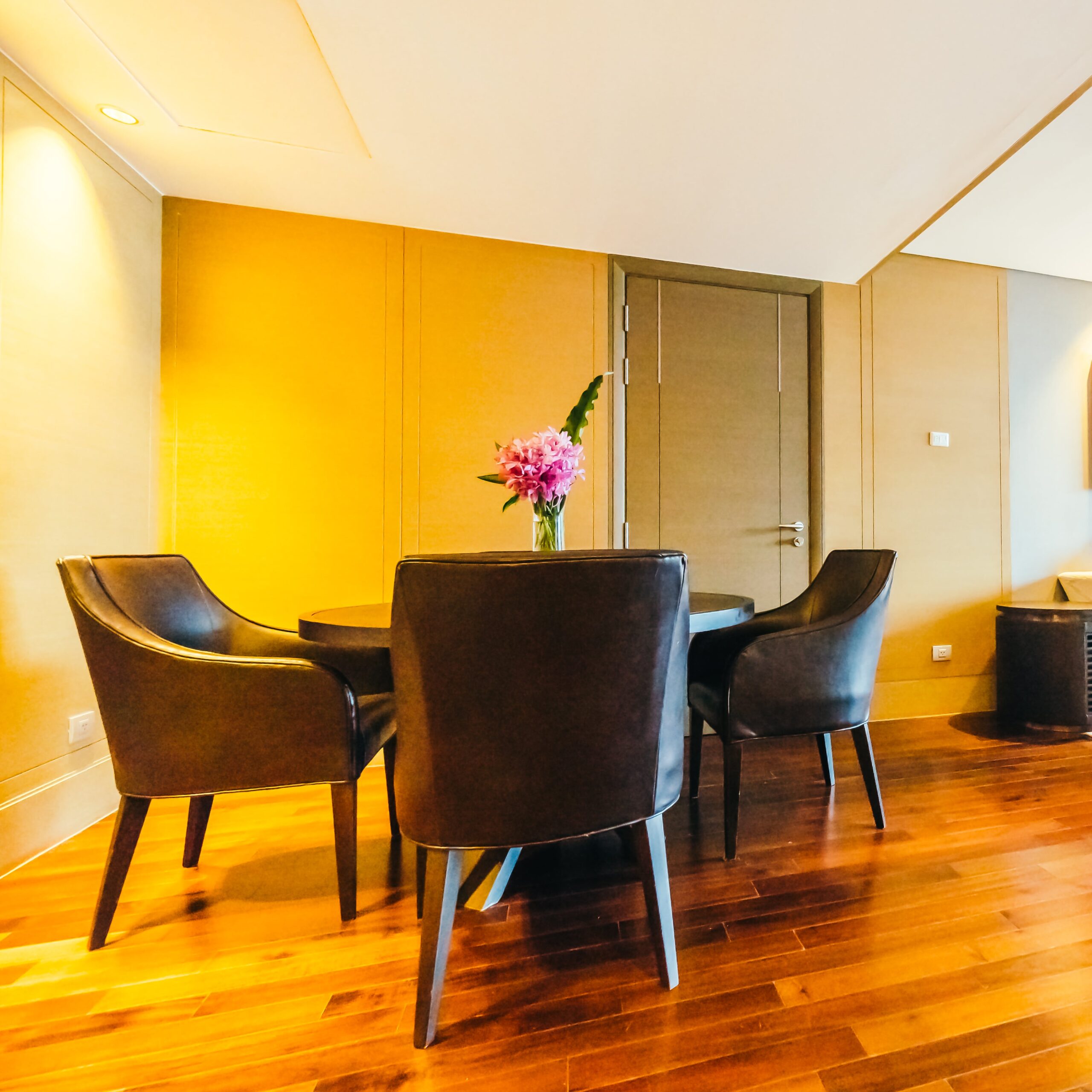
Introduction:
Are you seeking two color combinations to freshen up your dining room? In that case, you’ve found the proper site! This article will discuss two-tone dining room color schemes that you may employ to give your dining room a distinctive and welcoming feel. We have a choice of two color choices that will give your dining area the ideal makeover, whether you’re seeking a subtle contrast or a big statement. So continue reading to learn how to give your dining area some two-tone charm!
The Benefits of Two Colors Over One
Why stick with one hue when you can have two when it comes to updating your dining room? A trendy and lively atmosphere can be created in your dining area by using a two-tone paint scheme.
You can add depth and intrigue to the space by utilizing contrasting wall colors to create a visual contrast.
This strategy not only promotes greater individuality and creativity, but it also expands the range of possible color combinations. You have an option between traditional neutrals and vivid colors. Therefore, why choose between the best of both worlds and sticking to just one color?
Utilize two-tone painting to give your dining room a spectacular and fashionable look.
Color Combinations for Dining Room That Work
The appropriate color combination is essential for designing a gorgeous dining area. Colors that produce a unified and balanced appearance are the ones that go together best in a modern dining area. Combining a neutral shade with a strong, brilliant hue is a common choice.
This produces a stark contrast that draws attention right away. Another choice is to go with a monochromatic color palette, which uses several tones of the same color to provide a refined and understated appearance.
Whatever color scheme you decide on, make sure it matches the overall theme of your dining room and expresses your personal sense of style. Your dining area may become a chic and welcoming space with the right color scheme.
Choosing the main color
It’s crucial to think about the overall style and feel you want to achieve when selecting the main hue for your two-tone dining room. Consider the atmosphere you want to create in the space. Are you seeking something vivacious and energizing or tranquil and calming?
Bold hues like navy blue or crimson may make a statement and give an outfit a striking appearance. Neutral colors like beige or gray, on the other hand, can produce a more subtle and elegant ambiance.
The natural lighting in your dining area should also be taken into account. Darker hues can be used in a room with lots of natural light without making it appear too small or crowded. Lighter and brighter colors can help the space feel more open and breezy if it lacks natural light.
In the end, the dominant hue ought to be an expression of your individual taste and fashion. Additionally, it should blend in with the overall theme of your dining room and complement the accent color you chose.
Decide on the main color that speaks to you and makes your dining room come to life by taking your time, experimenting with several color samples, and choosing.
Selecting the Accent Color
Finding the ideal balance is key when deciding on the accent color for your dining area. The accent color should go well with the primary color you’ve picked and give the area more visual interest.
Choosing an accent color that is opposite the main color on the color wheel is one strategy. This generates a striking contrast that makes the space more exciting. For instance, if cold blue is your primary color, add warm orange or yellow as the accent color.
You can also select an accent color that is one or two shades lighter or darker than the primary color. By allowing the primary color to take center stage and the accent color to offer depth and dimension, this results in a more understated and unified appearance.
The accent color is ultimately a matter of personal preference. Take into account your own sense of style, the atmosphere you want to set, and the general layout of your dining area. Explore many color swatches to determine which ones call to you.
To make the dining room harmonious and visually appealing, keep in mind that the accent color should enhance and elevate the main color.
Adding texture and patterns
Including texture and patterns in your dining room is crucial for enhancing its appearance. By taking this action, you can add visual appeal to the space that goes beyond the hues of the walls.
Choosing textured wallpaper or adding wainscoting to the lower portion of the walls are two ways to integrate texture. The room gains depth and dimension as a result.
Another choice is to introduce patterned fabrics using tablecloths, upholstered furniture, or curtains. This can be a fantastic chance to add a contrasting color or a pattern that complements the two-tone design.
Consider using rugs, artwork, or even textured painting techniques to provide texture as well. Your dining room will feel more welcoming and finished as a result of these small finishing touches, giving your two-color combination makeover that extra wow factor.
Balancing Boldness and Subtlety
It’s important to strike the perfect balance between aggressiveness and subtlety when designing a two-tone dining area. While making a statement, your environment shouldn’t overpower the senses.
Consider utilizing a strong hue as the primary color and a more muted shade as the accent color to achieve this balance.
Consider combining a bold red with a delicate gray or a rich navy blue with a delicate pink. In this manner, the primary color shines out and draws the eye, while the accent color gives the design depth and a dash of refinement.
Alternately, you may choose two equally striking hues that are used in different ways. For instance, pair a vivid yellow with a rich jewel-toned green. This produces a pleasing contrast that is also striking, exuding confidence and style.
Always keep in mind that the key is to strike the ideal balance between your own preferences and the dining room’s overall design. To develop a style that perfectly blends boldness and subtlety, experiment with several color schemes and trust your intuition.
Furniture and accessories to complete the look
It’s crucial to pick furniture and accents that go with your color scheme and enhance the overall design of your two-tone dining room to complete the effect. Consider choosing furnishings with neutral colors or the accent color you’ve decided on.
This will contribute to a unified and harmonious appearance. To give the room visual depth and interest, search for furniture with intriguing textures or patterns.
When it comes to accessories, think about including things like artwork, mirrors, or ornamental items that match your color palette.
These components will complete your dining room makeover, bringing your two-color scheme to life and resulting in a room that is both fashionable and welcoming.
Conclusion:
In conclusion, a skillfully performed two-color scheme can revitalize your dining area and produce a unique and welcoming atmosphere. The advantages of this strategy are clear because it promotes imagination, depth, and a greater choice of color options. The primary and accent colors, lighting, and personal style preferences must all be carefully taken into account. The change is completed by incorporating texture, patterns, tastefully chosen furniture, and accessories, achieving a beautiful balance between aggressiveness and refinement. Your dining room will be a chic and inviting setting for many years to come with these components in place.
